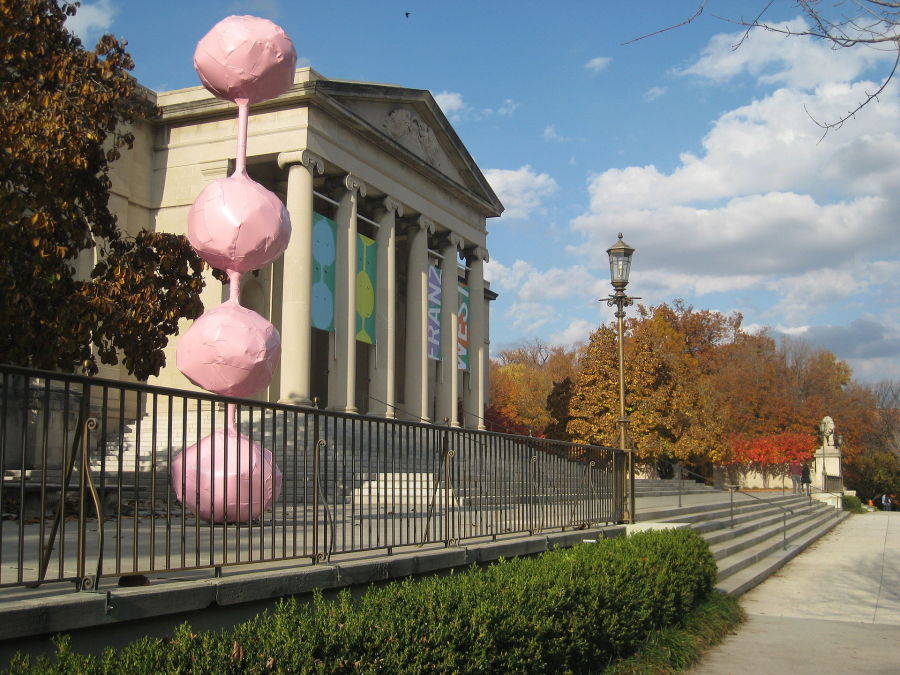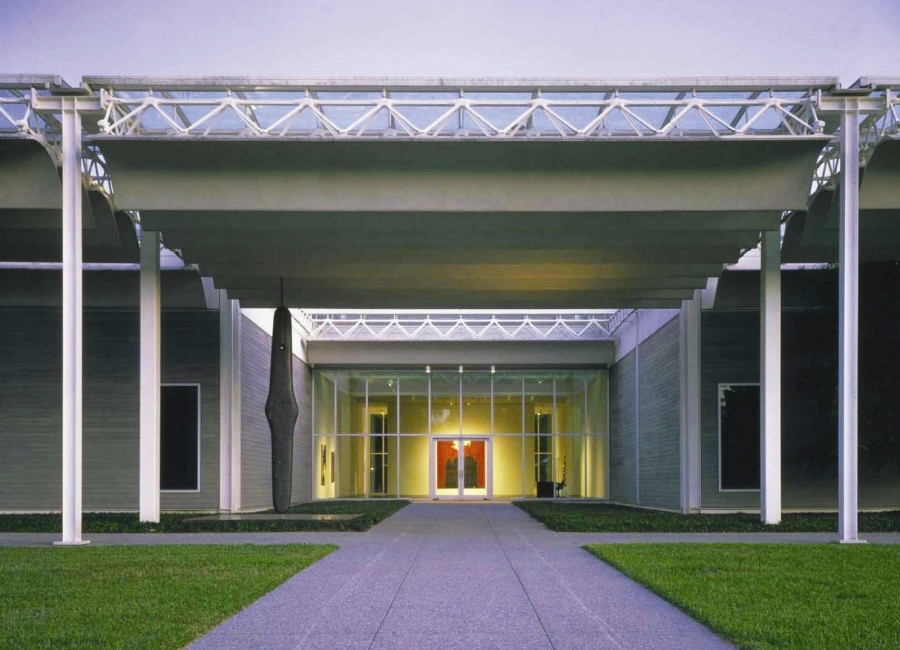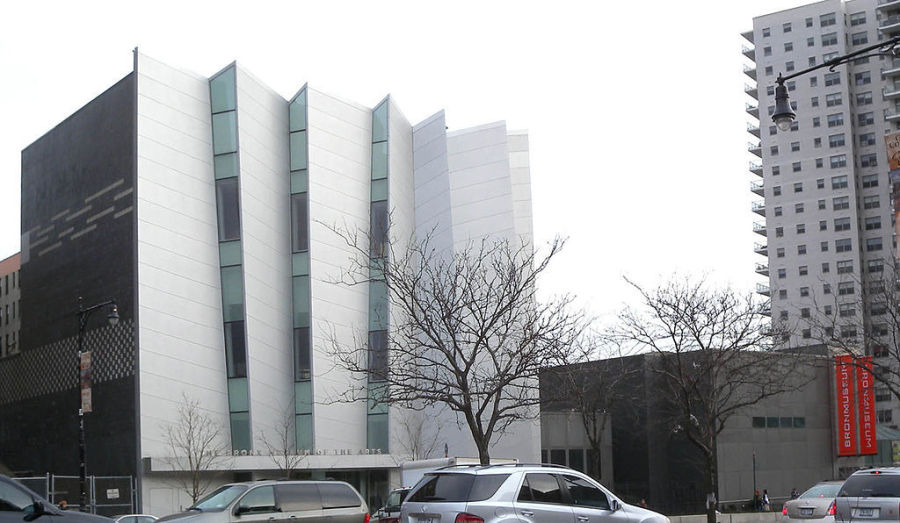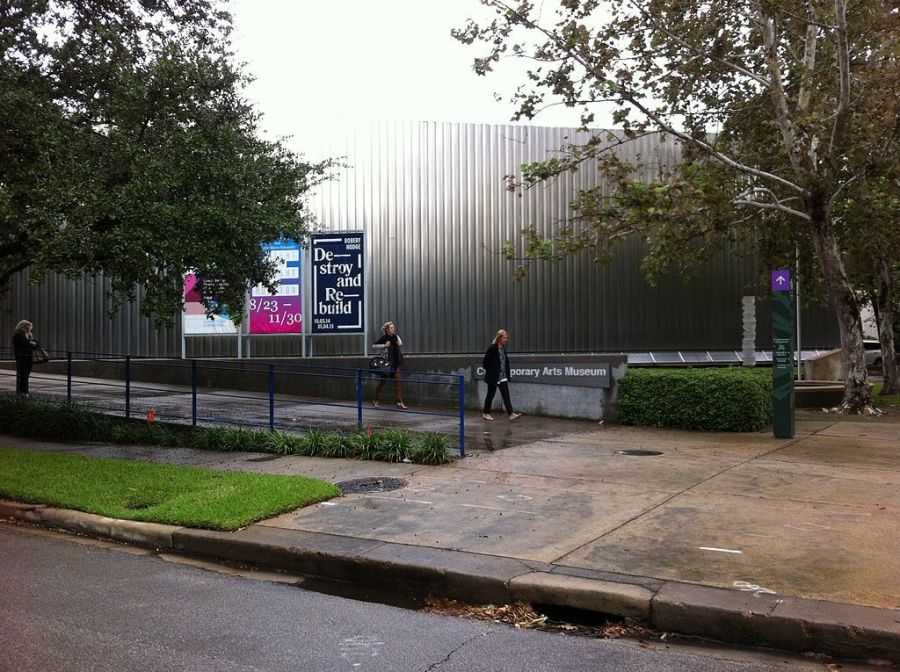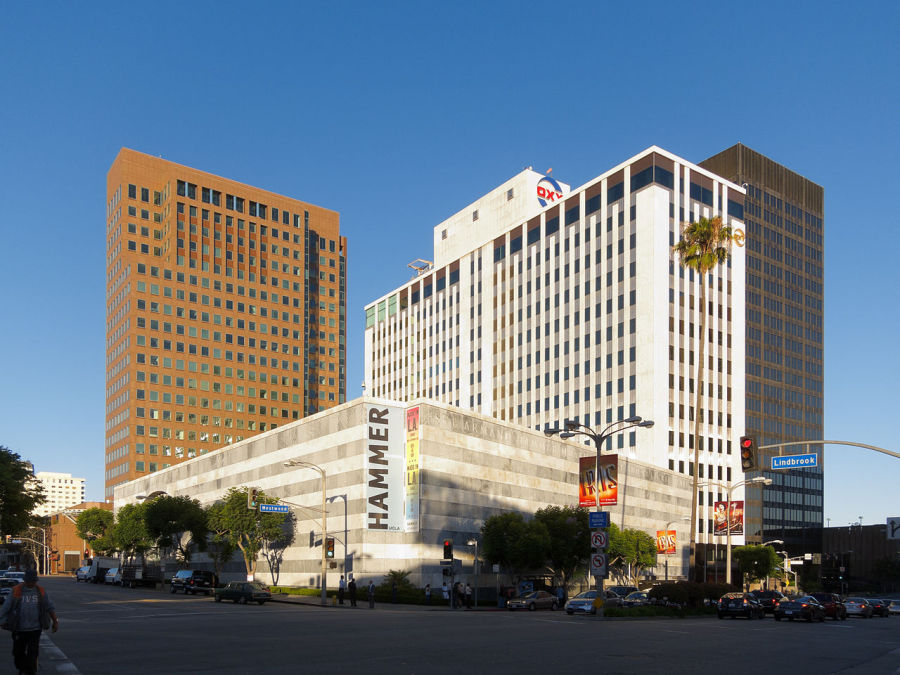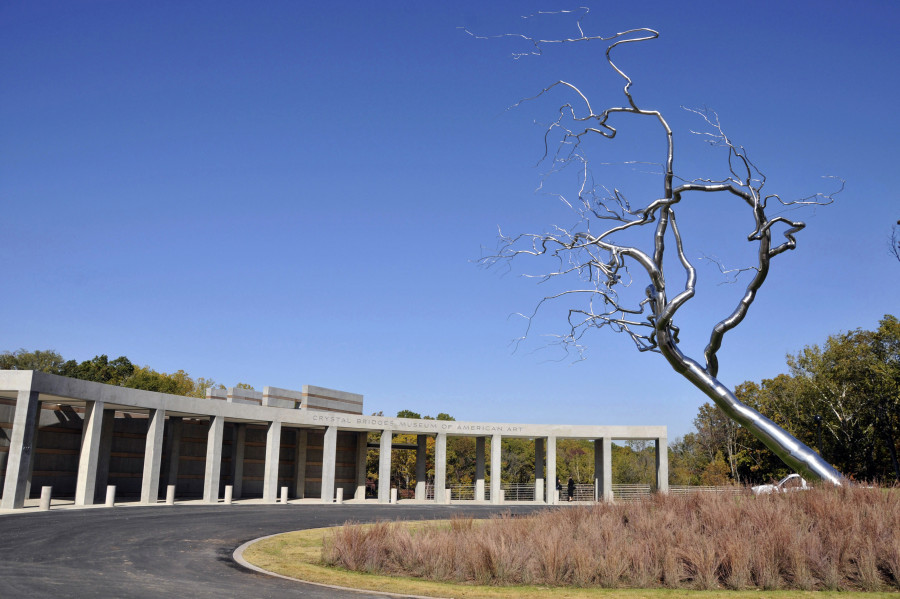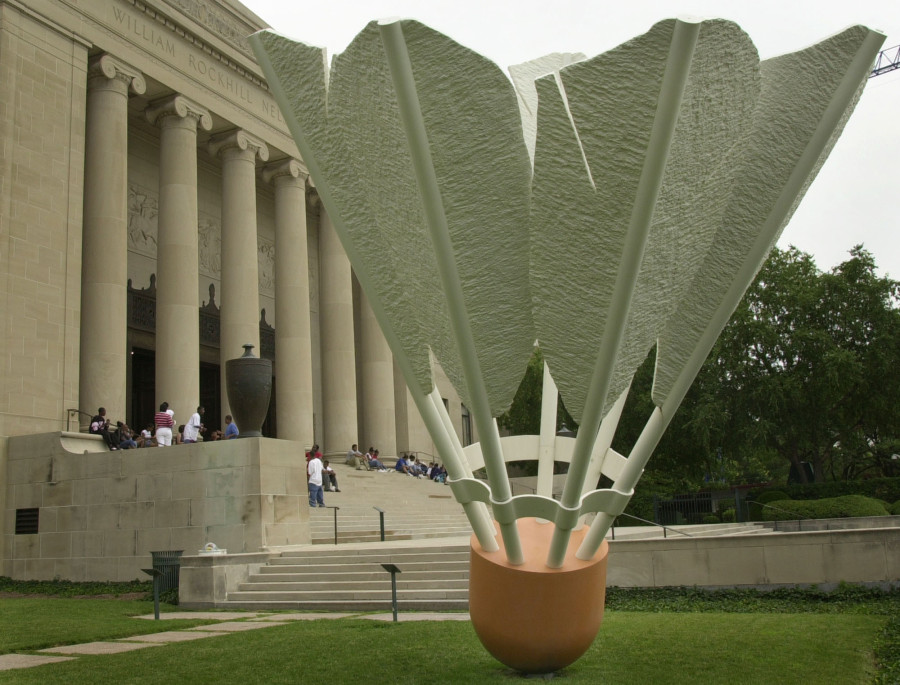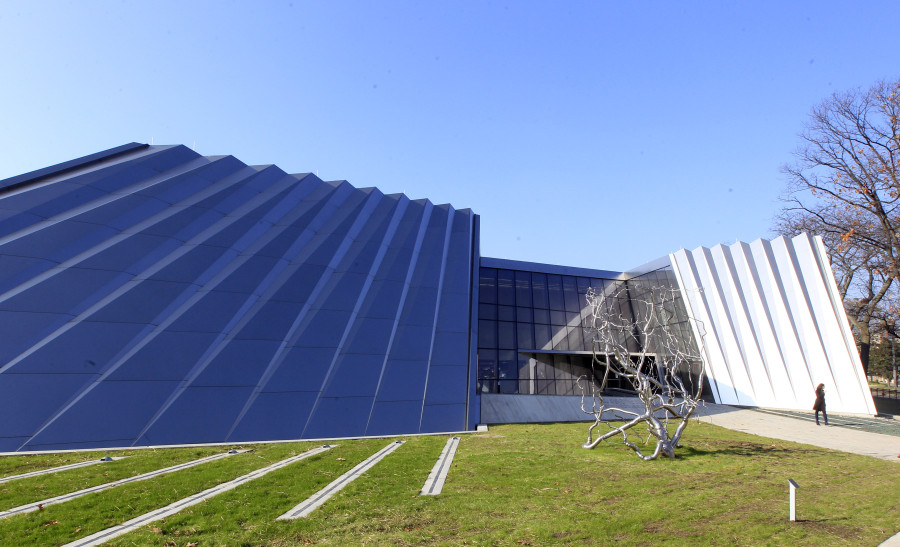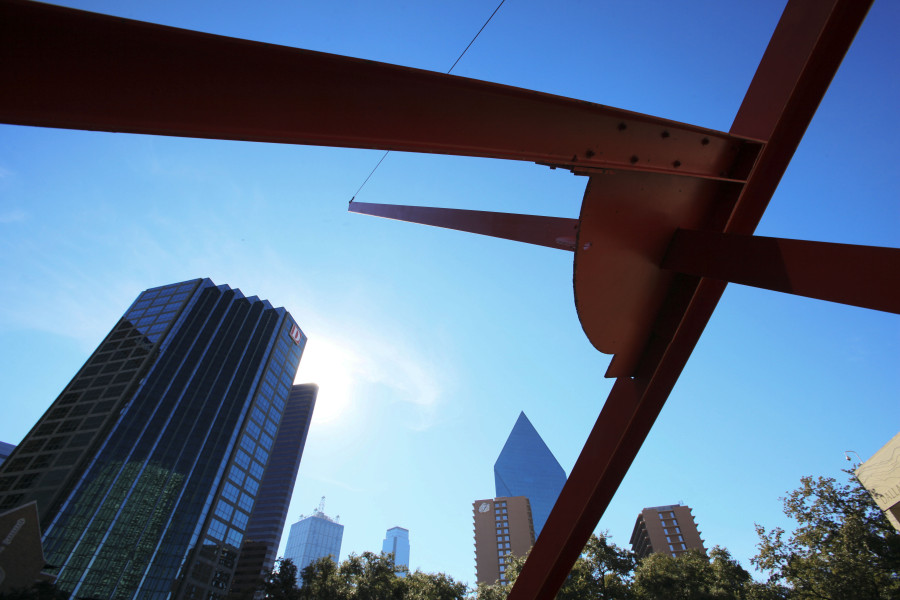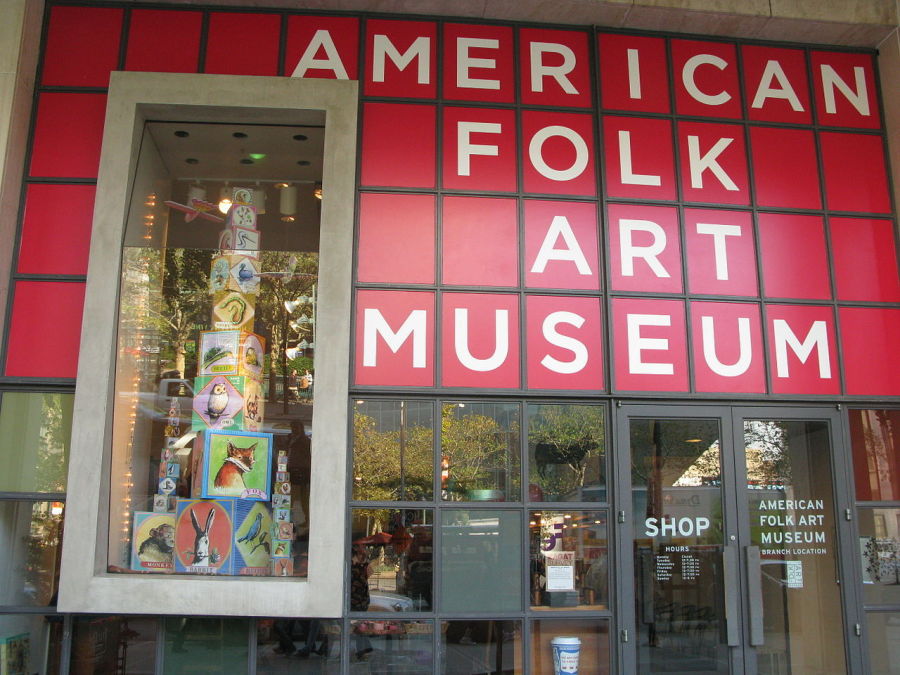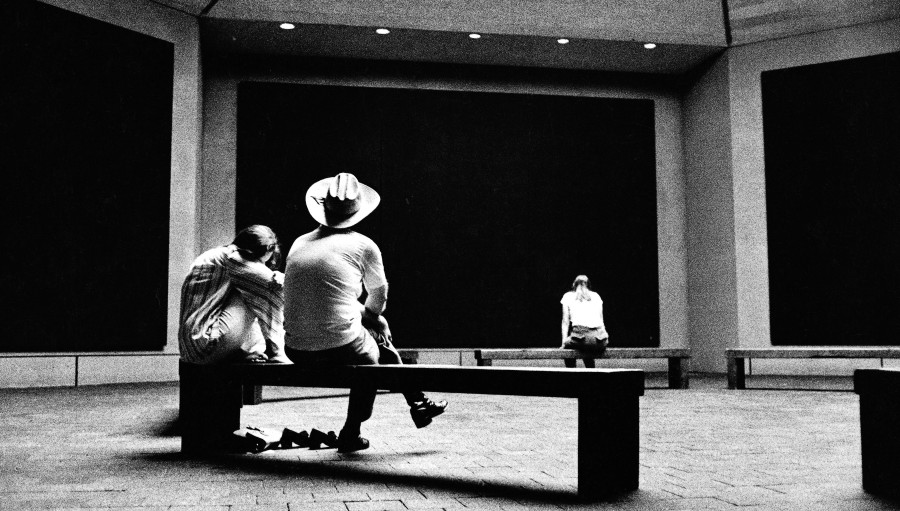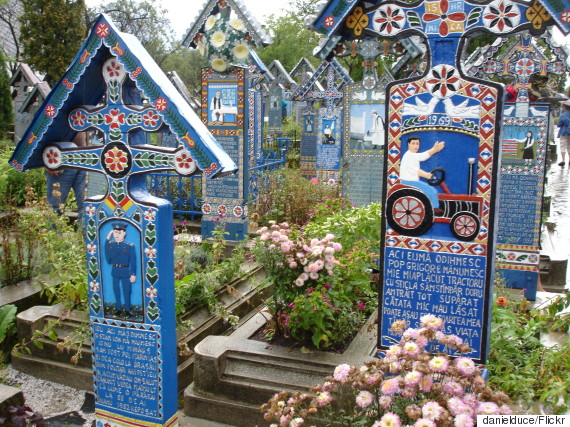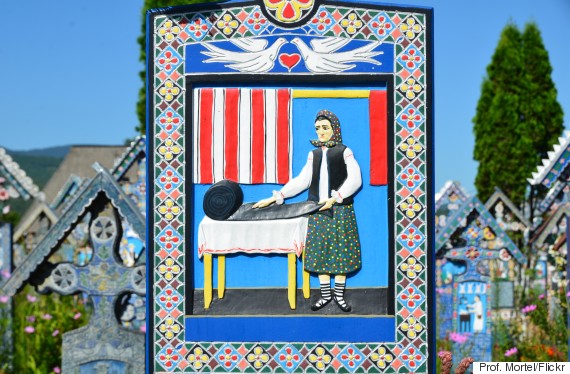France’s literary enfant terrible, Frédéric Beigbeder, blames J.D. Salinger for his fear of old age. As therapy, he wrote a bold novel about eternal youth and ephemeral love.
The European: Monsieur Beigbeder, your new book follows the semi-fictional love story between the renowned author J.D. Salinger and Oona O'Neill over the course of a few decades. Would you say the book is about love or coming of age?
Frédéric Beigbeder: I wanted to write a love story, but I'm not sure I succeeded. I've tried it before but always failed.
The European: What makes you think that you failed?
Beigbeder: When I discovered that Salinger, whom I worship, had a love affair with Oona O'Neill, the daughter of the famous playwright Eugene O'Neill, I was immediately interested in learning more about it. They were young, good-looking, intelligent and desirable -- all the ingredients a good love story needs. Plus, they frequented these fancy nightclubs and were surrounded by famous people. So I thought it could become something like a Fitzgerald novel. But then as I dug deeper into the story, I realized that it was actually a very dramatic and heartbreaking story.
The European: Salinger left her and America to go and fight in the Second World War while Oona left for Hollywood and married Charlie Chaplin in 1943.
Beigbeder: Exactly. I attempted to write a love story but it is probably as much an account of the horrors of war and how they can change one's personality.
The European: When Salinger leaves for Europe, it becomes very evident how differently their lives develop from there on. Yet, in the last chapter, you somehow bring their lives back into synchronization. Why?
Beigbeder: Yes, while the first part of the book is about youth and carefree love, the last part focuses on two people that are in the final stage of their lives. So I guess there is no question whether the book is about love or age; it's about both. I always found it very moving when you meet a former partner a long time after the time you spent together. There's a certain nostalgia and melancholy to it that I find very alluring. The end of the book is of course fictional; I don't know if they ever met again.
The European: But you hope so!
Beigbeder: Of course! The book is also a lot about parallel lives. When we meet someone and fall in love, we like to think that it is destiny, that we are meant to be together. But at the same time, that path, that relationship excludes many others and as you grow older, you start to wonder if these alternative paths might have lead to more happiness than the one you chose. Novels are, in a way, made to recreate those possibilities. We read them in order to explore our parallel lives.
The European: Modeling life as we want it to be. Is that also your impetus as a writer?
Beigbeder: That's probably true for a lot of books I wrote but with this one, I just wanted to be Salinger, Oona, Truman Capote, Ernest Hemingway and all the other characters that appear in the book. It's fun to pretend for a second that you are someone else, someone you admire.
The European: Is it harder to write from the perspective of a real-life person or a completely fictional character?
Beigbeder: The thing with real characters is that you are somewhat limited in what you can do. But the fascinating thing about them is that you can venture into their past and analyze their inner feelings if there is enough information. And as I said, it's also very flattering to imagine that you are J.D. Salinger for a while. You don't have that with fictional characters.
The European: Did you prefer to "be" Salinger or Oona?
Beigbeder: Oona, of course! It's much more fun. All the boys are crazy about you, you are famous without having done anything -- that's great!
"We adore stories of complete agony"
The European: What is so fascinating about the love story you describe in the book is that they have only been together very shortly but still write to each other and think about each other long after that. You included a quote by Emily Dickinson stating that true love is almost never shared and almost always impossible. Do you agree?
Beigbeder: Yes, I believe there's truth to it. It's also very masochistic and melodramatic. Romanticism is something that was heavily influenced by a German guy named Goethe and in "
The Sorrows of Young Werther," he describes what many young men feel when they fall in love for the first time, or even for the 15th time, and it doesn't work out. The strange thing is that we want to be happy but are fascinated by sorrow and heartbreak. We adore stories of complete agony.
The European: As long as they remain fictional...
Beigbeder: Yes, of course. In art, heartbreak is more beautiful than love. When I said that I wanted to write a love story, I of course wanted to write one that also has a dramatic, unfulfilling side to it. A love story that is never complete. What Dickinson described is similar to what we French called "L'amour courtois" (courtly love): during the Middle Ages poets would write love songs or stories for a beloved princess without seeing her at all. It was a sort of transcendent passion and longing for someone you don't really know. It's very medieval to fall in love with the image or idea of a person rather than the person itself, but we nevertheless still do it -- especially in literature (laughs).
The European: Because the longing for the impossible can be a catalyst?
Beigbeder: You need a muse or something that inspires you, and the further away it is, the better. You can worship a woman without her even knowing that you exist. It's a kind of love that is not very different to the love for God. It's based on faith, not shared feelings. When Salinger fought in Europe, Oona became his holy spirit, and that's how he kept his faith and spirit alive. He needed to survive for her.
The European: Do you have someone like that, someone you long for but know that it will never come true?
Beigbeder: In ancient Greek mythology, you had nine muses. I only have two: my wife and Oona.
The European: One by your side, one unattainable.
Beigebeder: That's the best mix.
The European: As you said before, the book is also a lot about coming of age, and at the start of the book, you describe how you have had a lot of problems realizing and accepting your own age. Why?
Beigbeder: I thought that I was the exception but then realized that nobody wants to grow old, so that made it easier for me to accept my denial (laughs). I am scared of death, and I don't want my hair to turn grey -- but so are most people. And it's all Jerry Salinger's fault!
The European: Because of "Catcher in the Rye"?
Beigbeder: Exactly, he created this character, Holden Caulfield, that symbolizes the teenage angst, but also the freedom that comes with youthfulness. Since then, every year, there's a large number of books depicting how great youth is and how much it sucks to be an adult. Salinger's notion of youthfulness guided me to my enquiry about why he doesn't want us to grow up.
The European: Isn't youth overrated? Very often, it's not this time of carelessness but actually a time characterized by insecurity and a lot of hard decisions and experiences.
Beigbeder: It's hard growing up -- no question. You have to find your place in society and find out what person you want to be. But you are very free in your choices, and there are not many missed opportunities to be regretted, but only opportunities to take up. As we grow up, we start to long for this sad but freeing liberty. It's weird but when you are young, you don't fear death as much and this often leads to excessive behavior. There is a desire for danger and tragedy. That's why war used to be so alluring to young people: it holds tragedy and can turn you into a hero. Wars were made for turning boys into men. That's not as easy today. Maybe Holden Caulfield doesn't want to grow up because he no longer knows how to do it.
The European: Today's youth might not have to fight in wars but that doesn't mean it is happier or more carefree, because freedom of choice comes with hard choices.
Beigbeder: Yes, it's a different kind of insecurity, an inner insecurity. The more I think about youth, the more I come to think that youth is a lost utopia.
The European: How do you mean that?
Beigbeder: For me, youth or eternal youth was a utopia. I couldn't imagine growing up and taking up a job. And that's a common thing! When you are young, you are allowed to be revolutionary. In fact, you are allowed to be a rebel without a cause.
The European: Later in life, you can only be a rebel with a cause if you want to be taken seriously.
Beigbeder: In the capitalist society, all revolutionaries go from revolution to resignation and that usually goes hand in hand with growing up.
"People take me for a fool"
The European: Another thing that struck me while reading the book was the realization that war might be the best setting for a love story, because it combines the inner struggle of romantic feelings with the outer conflict of brutal warfare.
Beigbeder: That's true and the two are often intertwined. The first one that came up with a love/war story was Homer when he wrote the "Iliad." He was the first writer to acknowledge the alluring power of two lovers separated by a tragic war. He had this idea thousands of years ago, but it still works today.
The European: You also describe how Salinger meets Oona and her whole entourage, which includes, among others, Truman Capote, and how they discuss the novels of F. Scott Fitzgerald. In your writing, I noticed a tiny portion of nostalgia for this golden age of intellectualism, maybe because we no longer have these shining intellectuals heavyweights.
Beigbeder: There is nostalgia in there, but I don't think that we no longer have great public intellectuals -- we do! And they meet, and they talks and discuss novels or debate. I was recently in Berlin and I was fortunate enough to meet the great James Ellroy in a restaurant called Borchardt. So these things still happen. But you are right to argue that the status of the writer has decreased along with the importance of books. Books are disappearing and so it's understandable that writers no longer enjoy the importance they were given in the 1940s. To me, it is a very strong signal that Oona leaves Salinger to be with a movie star she later on married: Charlie Chaplin.
The European: What is your interpretation?
Beigbeder: The morning Oona married Chaplin, cinema won over literature. To borrow from Don McLean, it was "the day literature died," or at least started to die. It symbolized that the high-society had turned their back on literature and turned towards new forms of art. If you want your voice heard today, you should make a movie or do a record.
The European: Maybe because the nature of writers has changed. Back in the days, you had these tragic figures like Fitzgerald, Capote or Hemingway who lived in agony and for whom writing was a way of coping with life. The only writer of that category in recent years was maybe the late David Foster Wallace.
Beigbeder: You are right that these tragic figures are rather found in the music business today, but there are still edgy characters in literature. Just think of the French novelist Michel Houellebecq. When he published his
latest book in France there was a huge debate going on, partly because it focuses on Islamic presence in France and was published on the very same day the Paris shootings happened. So some writers are still able to cause controversy. You in Germany had Günter Grass, who also
sparked debate with his revelations about his Nazi past and his
poem about the politics of the state of Israel.
The European: In a recent interview about this book, you stated that your ambition with this book was to finally be taken seriously. What makes you think that people don't take you seriously?
Beigbeder: Maybe in Germany, but not in France! (laughs). I do a lot of television appearances in France and often ridicule myself. People take me for a fool sometimes, and who knows, maybe I am. But as a writer, you don't want to be judged based on your personality but based on your writing. I'm ok being the "enfant terrible" as long as people read my work and take it seriously. That's easier in other countries because people don't have any prejudices vis-à-vis my work, based on any personal traits of mine.
The European: Is it sometimes easier to connect with a foreign audience?
Beigbeder: To me, there is not really a foreign audience. When I am in Germany or Spain, I also feel at home. I consider myself a European writer and want this continent to become unified. I don't understand why the United States of Europe are not yet reality. Victor Hugo wrote about this some 150 years ago, and we still haven't overcome the obstacles.
The European: It's similar to any romantic relationship: there is a sense of mutual belonging and attraction but at the same time, each side needs space and time on its own.
Beigbeder: (laughs) That's true! But I truly hope this love story has a happy ending!
-- This feed and its contents are the property of The Huffington Post, and use is subject to our terms. It may be used for personal consumption, but may not be distributed on a website.










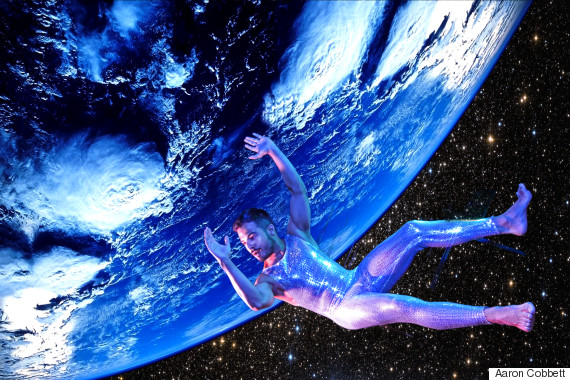


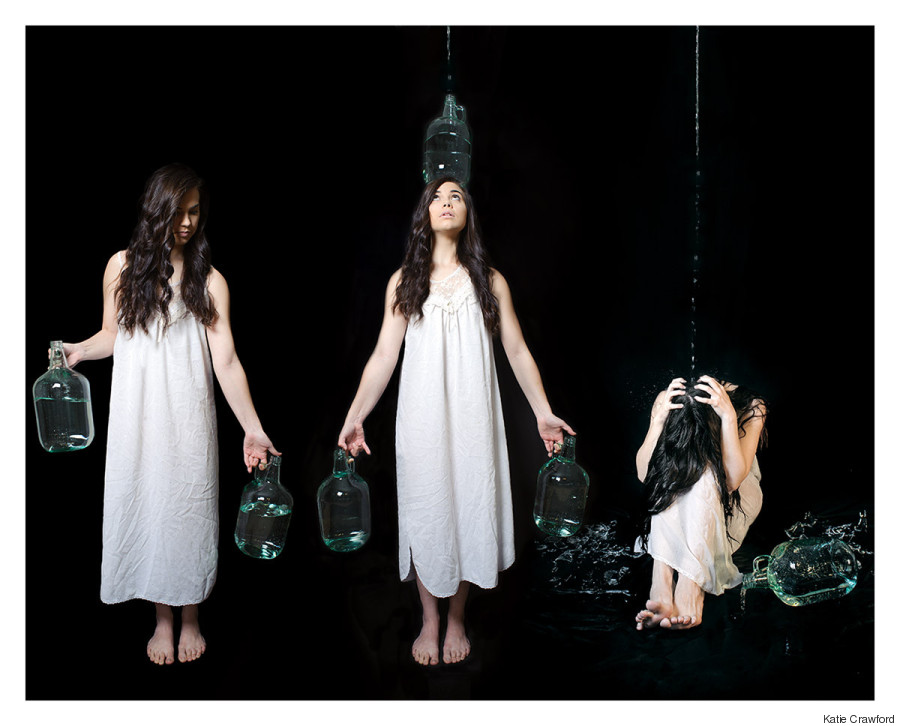

 Photo courtesy of Pablo Unzueta
Photo courtesy of Pablo Unzueta


